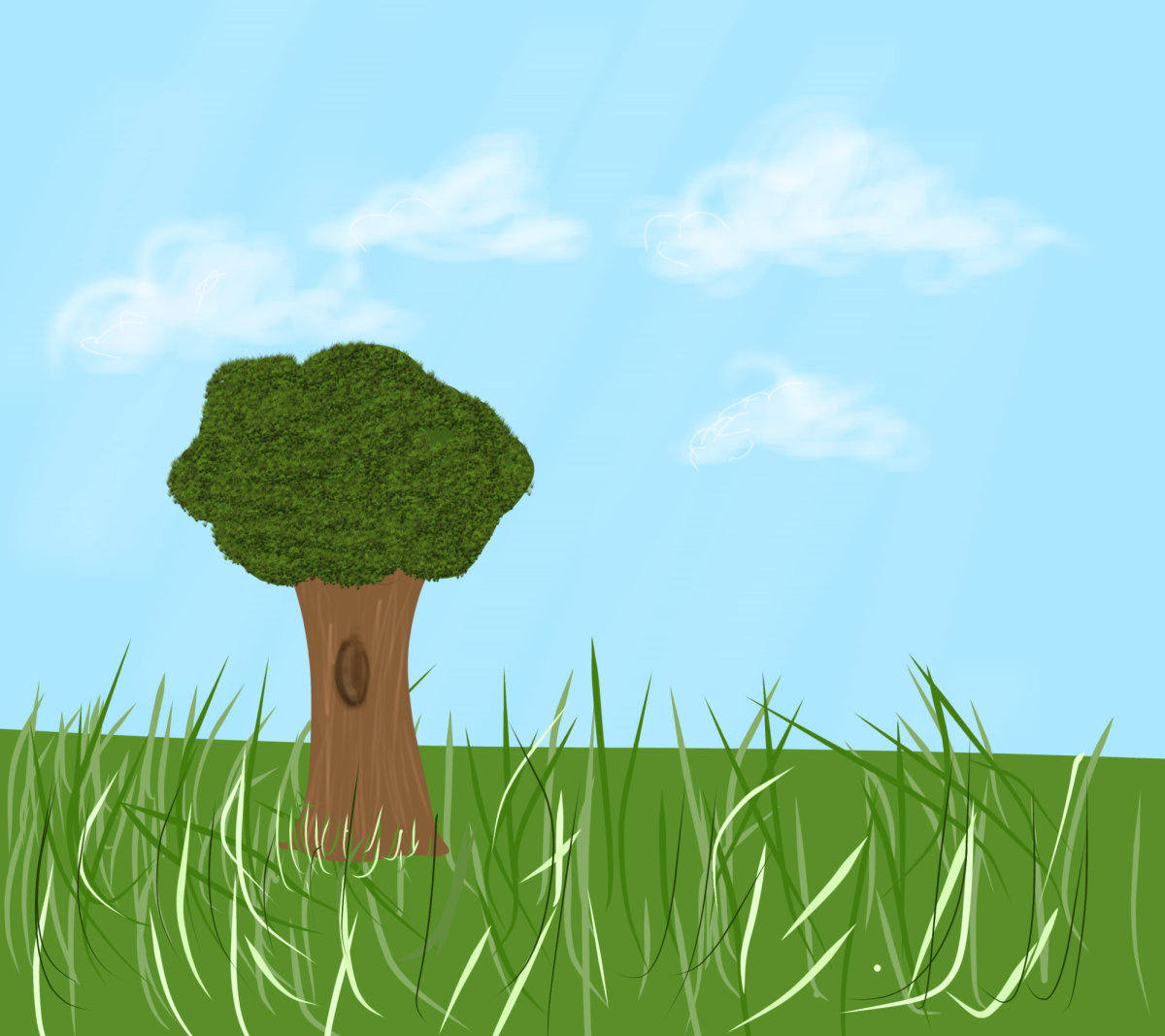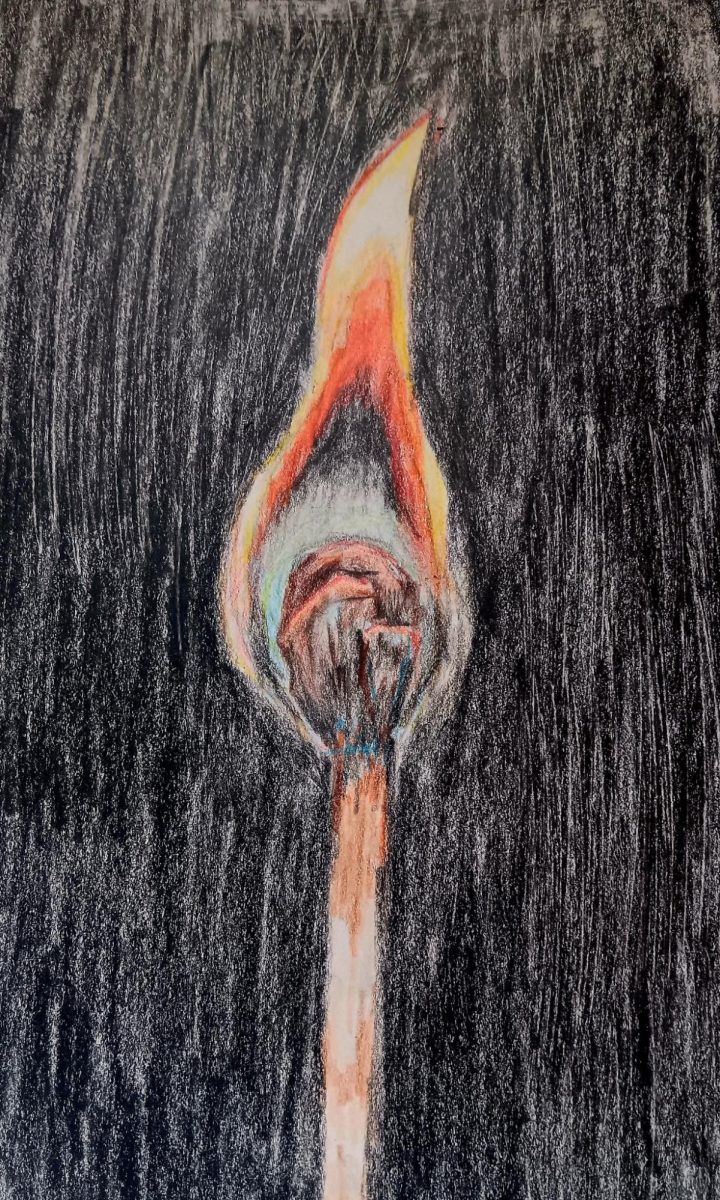The History of Easter
Besides providing a vacation from school, Easter is a Christian holiday that celebrates the resurrection of Jesus Christ. It is very important to the Christian faith and marks the end of the Lenten season. Lent starts on Ash Wednesday (which took place on February 22 this year) and ends on Easter; it represents the 40-day fast period that Jesus completed. During this time, many Catholics give up something of their choice and are not allowed to eat meat on the Fridays between Ash Wednesday and Easter. “This Easter, I gave up sweets and fast food. Live, love, Amen,” said freshman Lily Blackstone.
The date of Easter changes every year because it depends on the moon. Easter is celebrated on the first Sunday after the first full moon that appears after the spring equinox (March 20). This year, Easter is observed on April 9. As well as being considered a holiday, it is also recognized as a feast. It is celebrated three days after Jesus’s death by crucifixion, and according to Encyclopedia Britannica’s article titled “Easter,” “For many Christian churches, Easter is the joyful end to the Lenten season of fasting and penitence.”
Children usually wake up on Easter morning for an Easter egg hunt, searching for any brightly colored eggs that the Easter bunny might have hidden, containing treats such as chocolate. However, the Easter bunny is not mentioned in the Bible or the Christian faith. An article titled “Easter Symbols and Traditions” on the History website (History.com) explains that the idea of the Easter bunny came to America through German immigrants in the 1700s. They settled in Pennsylvania, and children began leaving carrots out for the bunnies to munch on and creating nests so they could “lay” their colored eggs.
Smithsonian magazine’s article entitled “The Ancient Origins of the Easter Bunny” mentioned, “In European traditions, the Easter bunny is known as the Easter hare. The symbolism of the hare has had many tantalizing ritual and religious roles down through the years.”
Hares were regarded as very sacred in Europe during the Neolithic period. During the 1600s in Germany, children would hunt for Easter eggs from the Easter hare. This tradition has traveled throughout the world to still be in use today. Sophomore Kate Santoli explained, “To celebrate Easter, my family comes to my house for brunch. My mom and I spend the morning making food and hiding Easter eggs for my little cousins in my backyard.
Aside from various chocolates and candies, people eat ham and lamb in their Easter feasts. Jesus has been referred to as the “Lamb of God.” Lambs are not only sacrosanct in Christianity but also in Judaism. Lambs were a sacrificial animal. Palm Sunday (this year, April 2) is the Sunday before Easter and represents Jesus’ arrival in Jerusalem. It begins Holy Week, which includes Holy Thursday and Good Friday and culminates in Easter Sunday.
On the days before and on the day of Easter, people around the United States will dye and decorate eggs, put up Easter decorations in and around their houses, visit family, get flowers such as lilies, fill Easter baskets, receive chocolate bunnies and candy, and/or eat a feast for dinner. Health teacher Brian Donaldson expressed, “This Easter, I plan on visiting my family in Pennsylvania.” There are numerous ways to celebrate Easter, whether a person is religious or not. No matter how a person or family celebrates, all that matters is spending time with the special people in one’s life.

Hi! I’m Samantha Petrelli, and I am a member of the Class of 2025. Along with Horizon, I am a member of Birthday Wishes, Key Club, Mathletes, and...






















